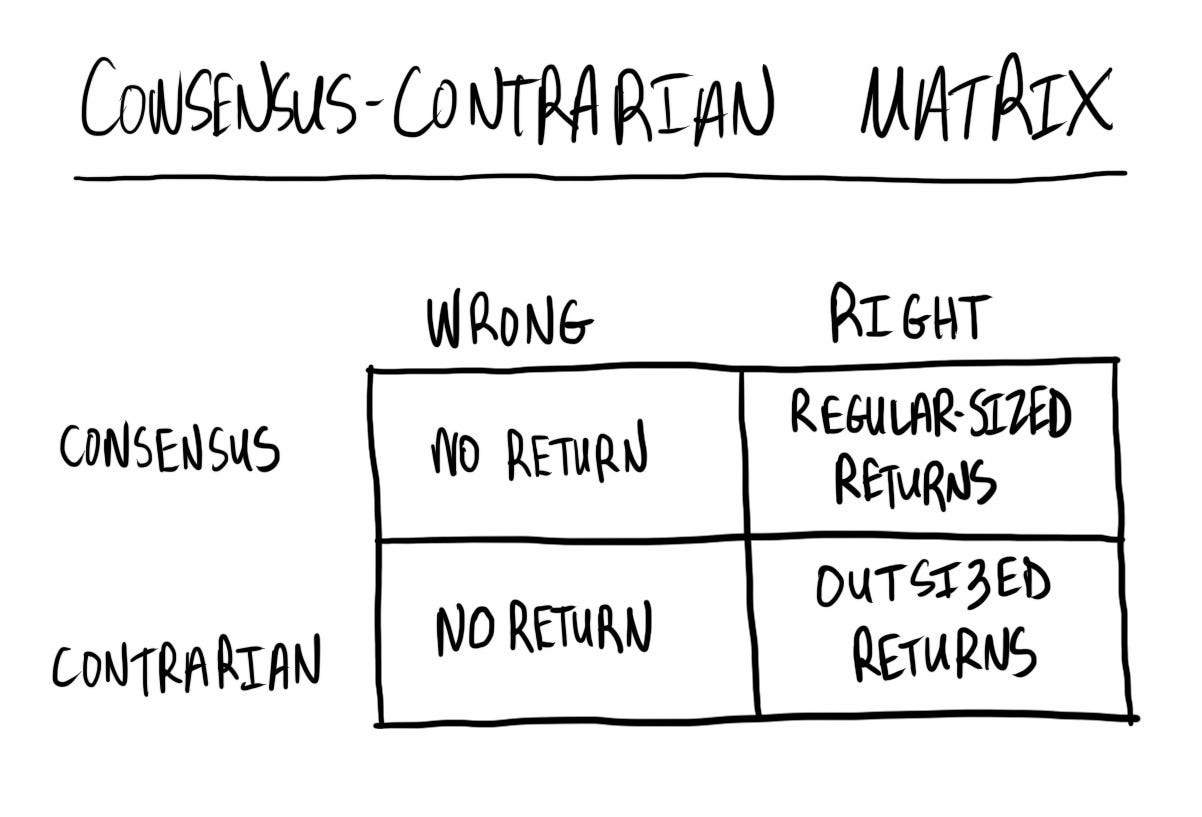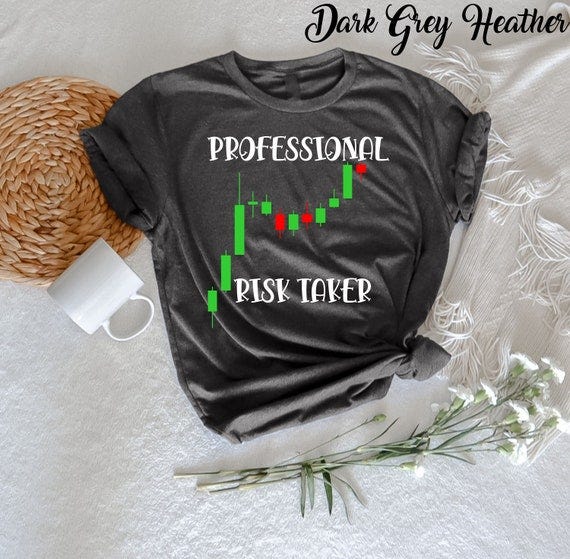A Foray into Special Situations Trading
Exploring a structured options strategy that blends contrarian investing with long-term value bets
As I wind down many of my U.S. positions and take a more international, long-term view, I still find certain trading opportunities in the U.S. somewhat interesting to spend my time one.
Before we go there though, I want to be candid that I've always had a “contrarian” bent—every 52-week high feels like a warning of an impending crash, while every 52-week low looks like the next great turnaround story. I also lean toward a rather naive “value” investing—stocks trading at 10x P/E seem like bargains, while those at 40x feel primed for long-term decline.
Then, I compounded my mental miseries through the mid-life discovery of the ultimate weapon of mathematical destruction: options. I can’t help but chase the idea of crafting an elegantly expressed strategy that could make me a fortune.
Of course, these are biases, and following them blindly is an exceptionally poor idea, but being conscious of them and working to balance them off is very much in the interest of my financial returns.
For instance the “contrarian/value” bent hasn’t been too harmful to me. It has allowed me to genuinely avoid having excessive losses, but it seems that I have prepared for far too many disasters than have actually incurred in the stock market. The result has been just slightly boring returns, compared to benchmarks that is, which I am largely fine with, because I would rather live with that than not be in the markets at all, which is what the conservative bend of mind would normally do. (Either that or I should largely outsource my decisions to fund managers and indices, which is a strategy I have deployed to good effect.)
My options trading, on the other hand, hasn’t been a disaster, but it’s been a rollercoaster. I underwrote a lot of options in 2018-2019 and did well, though I had to endure some painful positions after the December 2018 correction. Then, in 2022, I stumbled upon the idea of underwriting the S&P 500 itself. I spent an enormous amount of time and energy refining frameworks, running calculations, and executing transitions. At one point, I was completely addicted—it even affected my sleep. I made a LOT of money, and then lost a LOT of money. Eventually, by mid-2024, after 2 years of pursuing this pretty obsessively, I stepped away—thankfully, still in the green.
If I were to take anything back from these experiences, much of my wealth building journey has been about fighting these instincts. The Coffee Can Philosophy—and the discipline of forcing myself to hold stocks for the long term—was one of the ideas born out of this struggle. Similarly, having vast majority of my ISA and Pension portfolios sit with funds and ETFs so I am not in charge was another such mental hack.
So, why am I writing this? It’s not a confession. It’s to say that all of us have personality traits that we must be aware of. Sometimes suppressing it is excellent, and in other times avoiding having yourself in the picture might be a better idea. But there is also a third way. It is to cultivate your baser instincts, but limit your exposure to those baser instincts. Too much FOMO? Have a FOMO fund. Too much adrenaline? Have a gambling allocation.
For me, it is the intellectual itch to discover and master a trading strategy that deploys some combination of my contrarian/value bend and my love for options and generates substantial profits. For a while I have been thinking of setting aside a bit of money to try this out. In January 2025, I started on this journey with a small amount of capital.
The broad framework looks like this:
Look for stocks that are either extremely beaten down or have dramatically fallen out of favour (or vice versa).
Assess whether there’s a meaningful chance of an inflection (or implosion) over the next year or two.
Take long-dated options positions—ideally expiring as far out as possible.
Where does the U.S. come back into this picture? The depth of the U.S. options market, especially for individual stocks with expiries two years out, is unmatched. In many other markets, long-term options either don’t exist or have negligible liquidity.
In January, I evaluated 11 such opportunities (9 long, 2 short1) and ultimately took positions in 6 of them. The dollar exposure is small—total premiums are less than 1% of my portfolio—as I’m still testing the viability of this strategy.
I’ll share detailed analyses if I get the chance to convert my scribbled notes into something sane, but for those interested in taking a swing, here they are:
Dollar General (NYSE:DG)
Estee Lauder (NYSE:EL)
Walgreens Boot Alliance (NASDAQ:WBA)
Moderna (NASDAQ:MRNA)
Intel (NASDAQ:INTC)
Teladoc (NYSE:TDOC)
In all cases, I am expressing a long value through Jan 2027 options, mostly Bull Spreads, but in some cases, other strategies too.
Obvious disclaimer— Due your own due diligence and proceed only with extreme caution and risk only the capital that you can afford to lose entirely. These trades could all go wrong, and the premiums could be wiped out.
Disclaimer: I am not your financial advisor and bear no fiduciary responsibility. This post is only for educational and entertainment purposes. Do your own due diligence before investing in any securities.
I found shorting through this strategy quite challenging—put premiums and bear spread costs are high, and the potential payoff often doesn’t justify the risk. If my goal were simply to be 'right,' I’d rather just write a blog post and brag later if the thesis played out. But obviously, I'd much rather profit from it.




